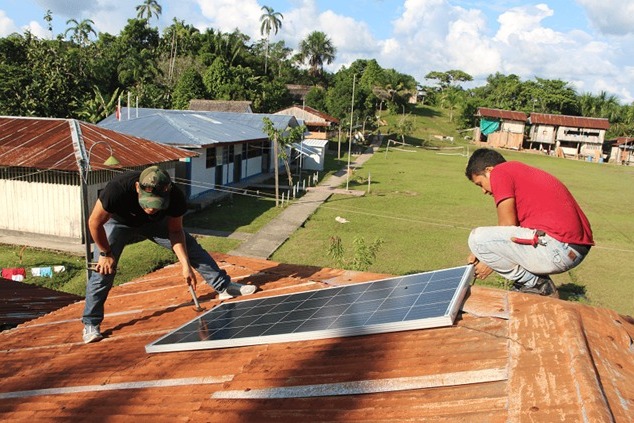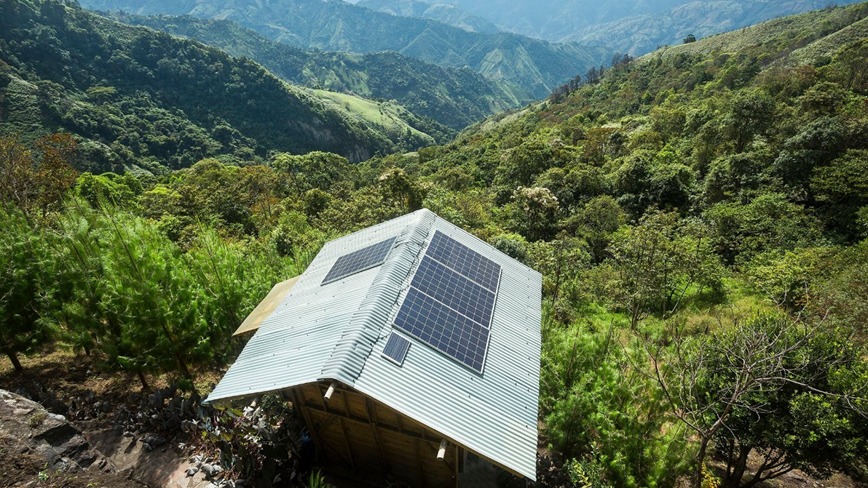Summary
In Colombia, non-interconnected areas represent approximately 52% of the national territory (Superservicios, 2017). Where mainly these areas are characterized by having a low population density, low levels of energy consumption, low ability to pay by the inhabitants, high costs of provision or implementation of public services and one of most determining and repetitive factors is that these areas usually inhabited by indigenous communities and ethnic minorities. The objective of the following degree project is to provide a design solution to provide electricity service to an indigenous community of the Atlantic taking into account the needs and obstacles of the area that will be reflected and resolved below. For this, a solution will be provided by means of photovoltaic energy since this type of electric energy generation is considered one of the most viable and economical for the most remote areas or with difficult access as it represents the territory where the system is expected to be established. We will provide design alternatives for photovoltaic solution in favor of what is more viable and optimal to achieve the approval and implementation of the project.
Finally, all the information required for the implementation of the system design will be provided, covering all the necessary technical aspects and the pertinent recommendations for the maintenance and optimal performance of the system will be given.
Key words: Energy, renewable resources, photovoltaic solar energy, renewable energy, solar panels, environment, ZNI.



